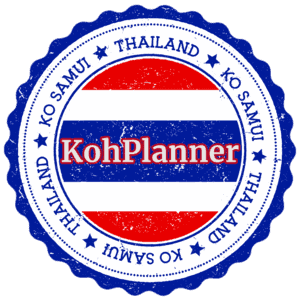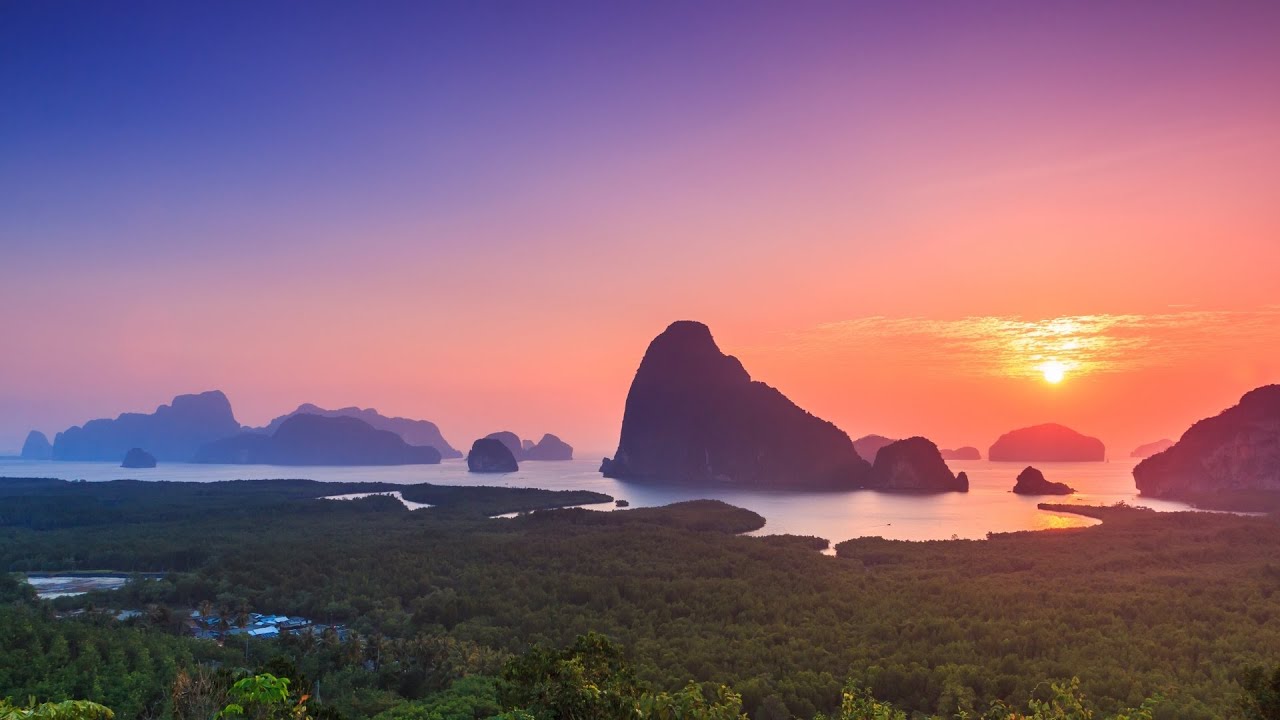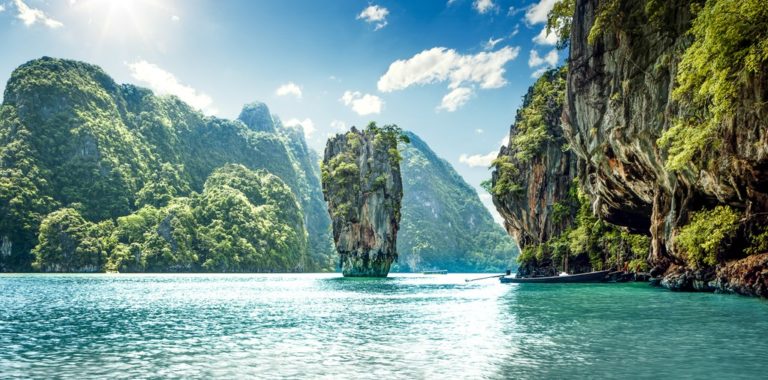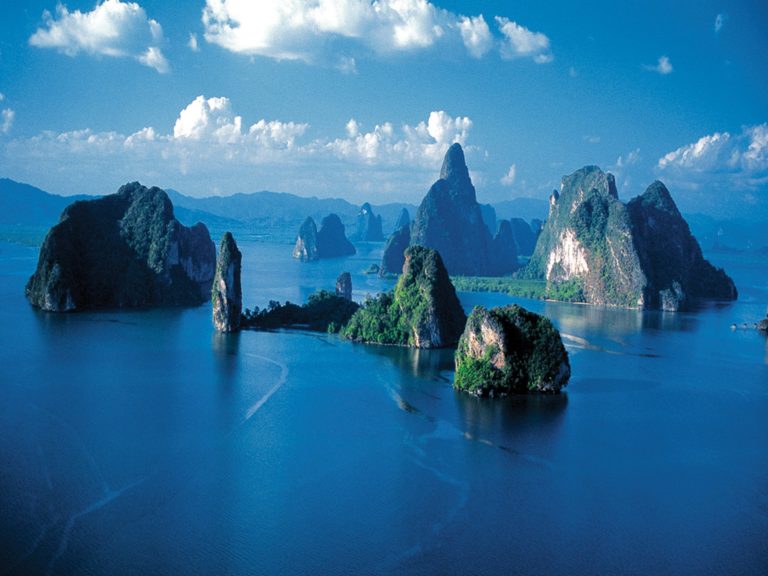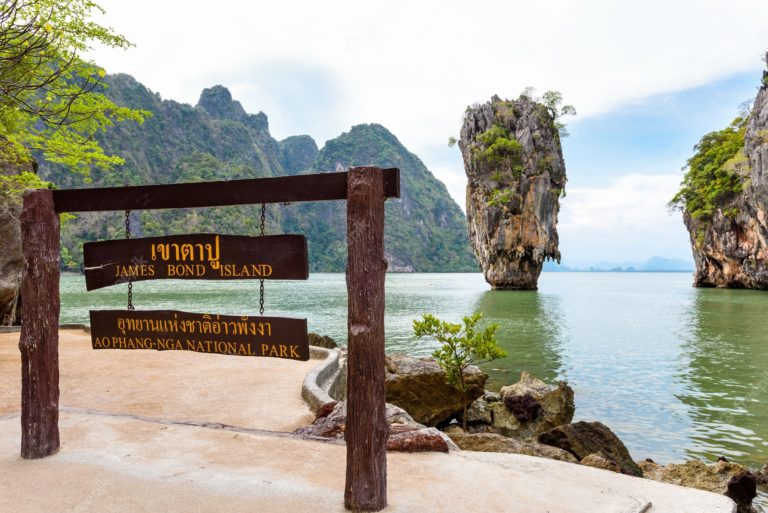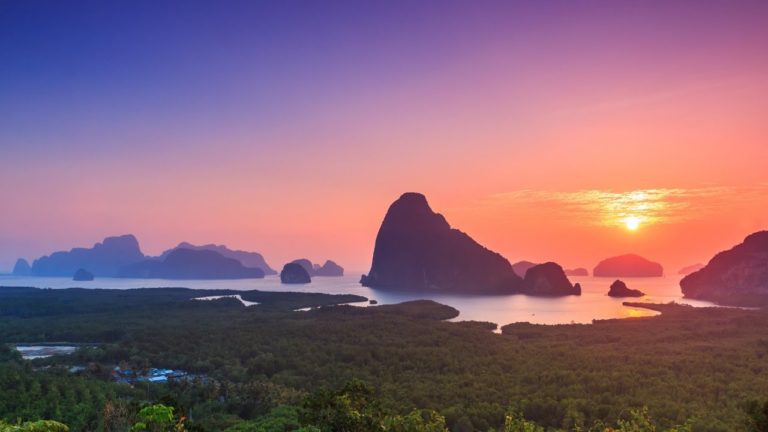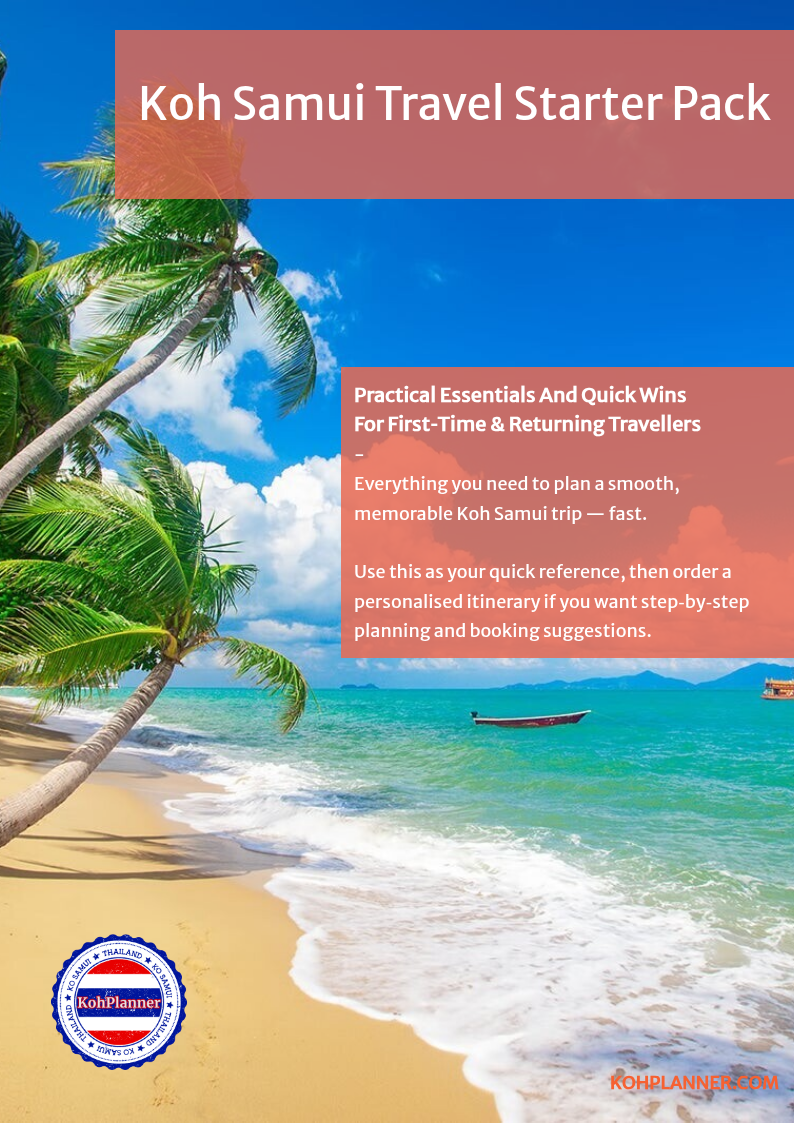Ao Phang Nga National Park
Ao Phang Nga National Park, situated on the coast of southern Thailand, is a true gem of the Andaman Sea. Renowned for its striking limestone cliffs, lush mangrove forests, and picturesque islands, the park offers a truly unique experience for visitors. This article will delve into the park’s history, its fascinating flora and fauna, and provide practical information for those planning a visit.
Established in 1981, Ao Phang Nga National Park covers a vast area of over 400 square kilometers, encompassing a variety of ecosystems, including mangroves, seagrass beds, coral reefs, and estuaries. The park was created to preserve the region’s unique natural resources and has since become a popular destination for eco-tourism. It is also home to the famous James Bond Island, named after the 1974 film “The Man with the Golden Gun,” which was shot there.
Flora and Fauna
The park’s diverse ecosystems support a rich array of flora and fauna, making it a paradise for nature lovers. The mangrove forests, which are among the most extensive and well-preserved in Southeast Asia, serve as a breeding ground for numerous marine species and a haven for various bird species. Expect to encounter kingfishers, hornbills, Brahminy kites, and white-bellied sea eagles as you explore the area.
In addition to the birdlife, the park is home to various mammal species, such as long-tailed macaques, dusky langurs, and white-handed gibbons. Reptiles, including monitor lizards and snakes, can also be found in the park. The marine life is equally impressive, with over 200 species of fish, sea turtles, and dolphins inhabiting the park’s waters.
How to Get There
The closest airport to Ao Phang Nga National Park is Phuket International Airport, which offers domestic and international flights. From the airport, you can rent a car or hire a taxi to reach the park. The journey takes around 1.5 to 2 hours, depending on traffic.
Alternatively, you can take a bus from Phuket or Krabi to the park’s headquarters at the town of Phang Nga. Another option is to take a boat from Phuket, Krabi, or the nearby islands, such as Koh Yao Noi or Koh Yao Yai.
Where to Stay and Eat
The area surrounding Ao Phang Nga National Park offers a variety of accommodation options, ranging from budget guesthouses to luxury resorts. The nearby towns of Phang Nga, Khao Lak, and Krabi are popular bases for exploring the park and provide a range of hotels, restaurants, and local markets.
For those who prefer to stay closer to the park, there are a few homestays and bungalows available on the islands within the park. Keep in mind that these accommodations are more basic and may not have all the amenities of hotels in the nearby towns.
Dining options within the park are limited, so it is advisable to pack a picnic or eat at one of the restaurants in the nearby towns. The local cuisine is a delicious mix of Thai and Muslim influences, featuring fresh seafood, aromatic curries, and flavorful rice dishes.
There is no shortage of activities to enjoy in Ao Phang Nga National Park. Some popular options include:
Island Hopping: Take a long-tail boat or speedboat tour to visit the park's stunning islands, such as James Bond Island, Koh Panyee, and Koh Hong. These tours typically include time for swimming, snorkeling, and exploring the islands' unique landscapes.
Sea Kayaking: For a more immersive experience, rent a sea kayak to explore the park's hidden lagoons, caves, and mangrove forests. Guided kayak tours are also available, led by experienced local guides who can share their knowledge about the park's ecology and history.
Birdwatching: With over 180 bird species recorded in the park, birdwatching is a popular activity for nature enthusiasts. The best times to spot birds are during the early morning and late afternoon when they are most active.
Diving and Snorkeling: The park's crystal-clear waters and diverse marine life make it an excellent destination for diving and snorkeling. There are several dive sites within the park, including the Similan and Surin Islands, which are accessible via liveaboard dive trips.
Hiking and Trekking: While the park's main attractions are its marine environments, there are a few hiking trails on the mainland that offer the opportunity to explore the park's lush forests and limestone cliffs. Some trails lead to viewpoints with panoramic views of the surrounding islands and coastline.
Plan Ahead: The park can get busy during the high season, which runs from November to April. It is best to book your accommodations and tours in advance to secure your spot.
Dress Appropriately: When visiting local villages and religious sites within the park, be sure to dress modestly, covering your shoulders and knees.
Be Respectful of the Environment: The park is a protected area, so it is essential to follow the guidelines for responsible tourism. Avoid touching or disturbing marine life, refrain from littering, and respect the local customs and traditions.
Stay Hydrated and Protect Yourself from the Sun: The tropical climate can be intense, so be sure to drink plenty of water, wear sunscreen, and protect yourself with a hat and sunglasses.
Beware of Mosquitoes: Mosquitoes are common in the park, especially in the mangrove forests. Bring insect repellent and wear long sleeves and pants to avoid bites.
Nature lovers, adventure seekers, and those looking to escape the hustle and bustle of Thailand's more touristy destinations will find Ao Phang Nga National Park to be a perfect getaway. The park's unique landscapes, rich biodiversity, and opportunities for exploration make it an unforgettable experience for visitors of all ages and interests.
Ao Phang Nga National Park is a must-visit destination for anyone travelling to southern Thailand. Its striking beauty, diverse flora and fauna, and wide range of activities make it an unforgettable experience that should not be missed. With a little planning and preparation, a visit to this stunning park will be a highlight of any trip to the region.
Sorry, no records were found. Please adjust your search criteria and try again.
Sorry, unable to load the Maps API.
